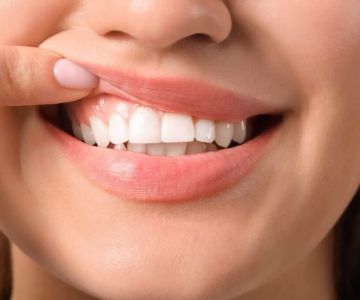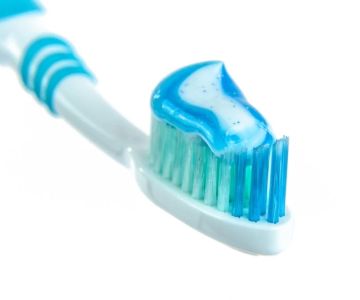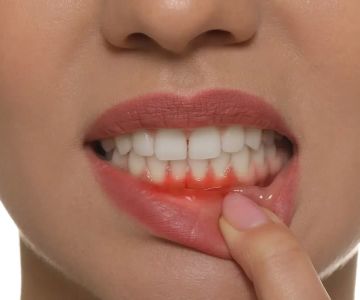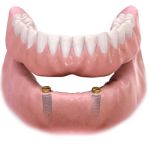Gum Tissue Repair: An In-Depth Look
Gum tissue repair, specifically gum graft surgery, is a vital dental procedure aimed at addressing gum recession and enhancing overall oral health. Gum recession, a common issue where the gums pull away from the teeth, exposing the roots, can lead to various problems such as increased risk of tooth decay, sensitivity, and bone loss. Gum grafting offers a solution by covering the exposed roots and restoring the gum line.
Who Needs Gum Grafting?
Your dentist may recommend gum grafting if you have gum recession. This can occur due to severe gum disease or a genetic predisposition. Aggressive brushing habits can also cause gum recession. Gum grafting is a common procedure in the U.S., and it is typically performed by a periodontist who has undergone additional years of specialized training.
Procedure Details
Before gum grafting, you'll be referred to a periodontist for an examination. They'll assess the health of your gums, measure the pockets around your teeth, and determine the extent of the recession. During the surgery, there are multiple steps. Your periodontist will numb the area, make incisions, clean the teeth roots, harvest tissue (either from your palate or a substitute material), place the graft over the exposed roots, and stitch the gum tissue into place. The duration of the surgery depends on the number of teeth requiring grafting.
Post-Operative Care and Recovery
After gum graft surgery, you'll have gauze and dressing. The recovery timeline involves managing side effects like bleeding, swelling, and discomfort. You'll need to follow specific post-surgical guidelines, including taking medications, eating soft foods, maintaining oral hygiene carefully, and avoiding strenuous activities. Your periodontist will monitor your recovery and provide instructions at each follow-up visit.
Risks and Benefits
The benefits of gum grafting include reducing the risk of gum disease, cavities, and teeth sensitivity, as well as improving the appearance of your smile. Complications are uncommon but can include infection, excessive bleeding, and graft rejection. Symptoms of graft failure include white tissue coming off the tooth and other abnormal signs.
Return to Normal Routines
Most people can return to work or school within one to two days, but you should avoid exercise and heavy lifting for at least the first week. The recovery period typically lasts one to two weeks, but it may be longer if multiple areas were treated. The success rate of gum grafting is high, and it is a valuable treatment option for gum recession.
When to Call the Doctor
If you experience thin, painful, bleeding gums, visible tooth roots, or any abnormal symptoms, contact your dentist. Regular dental check-ups and good oral hygiene at home are essential for preventing gum problems and detecting issues early.
In conclusion, gum tissue repair through gum graft surgery is a significant procedure that offers numerous benefits for improving oral health and preventing further complications. Understanding the process, recovery, and potential risks is crucial for making informed decisions and ensuring a successful outcome. With proper care and follow-up, patients can expect a positive recovery and better oral well-being.






 City Dental- Dental Implants and Orthodontics4.0 (40 review)
City Dental- Dental Implants and Orthodontics4.0 (40 review) Downtown Dental Center4.0 (114 review)
Downtown Dental Center4.0 (114 review) Todays Dental Of Joliet (formerly Hammes Family Dental)4.0 (130 review)
Todays Dental Of Joliet (formerly Hammes Family Dental)4.0 (130 review) Berg Dental Group4.0 (70 review)
Berg Dental Group4.0 (70 review) Holden Barry L DMD, PC4.0 (10 review)
Holden Barry L DMD, PC4.0 (10 review) Midjersey Family Dentistry4.0 (86 review)
Midjersey Family Dentistry4.0 (86 review) The Importance of Oral Health Education During Pregnancy for a Healthy Pregnancy
The Importance of Oral Health Education During Pregnancy for a Healthy Pregnancy Best Tips for Brushing Your Teeth Properly for Healthy Gums: Essential Techniques for Oral Health
Best Tips for Brushing Your Teeth Properly for Healthy Gums: Essential Techniques for Oral Health Why Skipping Dental Checkups Can Lead to Bigger Oral Health Problems
Why Skipping Dental Checkups Can Lead to Bigger Oral Health Problems Advantages of Porcelain Dental Restorations
Advantages of Porcelain Dental Restorations How Can Diabetes Cause Tooth and Gum Problems? Preventing and Managing Oral Health Issues
How Can Diabetes Cause Tooth and Gum Problems? Preventing and Managing Oral Health Issues Healthy Habits for Promoting Good Oral Health and Hygiene: Tips for a Healthy Smile
Healthy Habits for Promoting Good Oral Health and Hygiene: Tips for a Healthy Smile